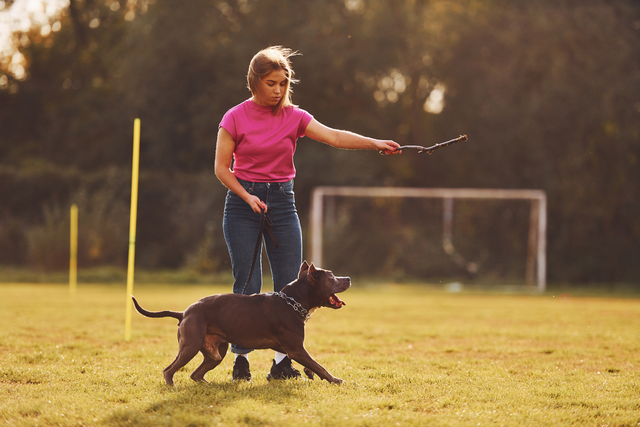Dog whistles are not just ordinary whistles; they are specialized tools designed to communicate with dogs in a frequency range that is beyond human hearing. Often associated with dog training and behavior modification, these small, seemingly simple devices have a fascinating history and a wide range of applications. In this comprehensive guide, we will explore the intricacies of dog whistle, their uses, benefits, and how they work in communicating with our canine companions.
The Science Behind Dog Whistle
How Do Dog Whistles Work?
Dog whistles produce sounds that are typically in the ultrasonic range, meaning they operate at frequencies higher than what the human ear can detect. The most common frequency range for dog whistles is between 23 kHz and 54 kHz. While humans can hear sounds up to around 20 kHz, dogs have a much higher upper limit of approximately 65 kHz, allowing them to hear these ultrasonic frequencies.
Why Do Dogs Respond to Dog Whistles?
Dogs have a keen sense of hearing, and their ability to detect high-frequency sounds makes them responsive to dog whistles. When a dog whistle is blown, the high-pitched sound captures the dog’s attention and can be used as a cue for various commands or behaviors.
History of Dog Whistles
Origins of Dog Whistles
The concept of using whistles to communicate with dogs dates back centuries. Ancient civilizations, such as the Greeks and Romans, utilized simple whistles made from natural materials like reeds or wood to train and control their hunting dogs.
Evolution of Dog Whistles
Over time, the design and functionality of dog whistles have evolved significantly. Modern dog whistles are often made from durable materials like metal or plastic, and they are adjustable to produce different frequencies or tones. Some whistles even come with specialized features like audible cues for humans to know when the whistle is being blown.
Uses and Benefits of Dog Whistles
Training and Obedience
One of the primary uses of dog whistles is in training and obedience. By associating specific commands with the sound of the whistle, dog owners can effectively communicate with their pets, especially in outdoor or noisy environments where verbal commands may be less effective.
Recall and Distance Control
Dog whistles are particularly useful for recall training and distance control. The high-pitched sound of the whistle can travel far distances, allowing owners to call their dogs back even when they are out of sight. This can be crucial for off-leash activities or in emergency situations.
Behavior Modification
Dog whistles can also aid in behavior modification by reinforcing positive behaviors or redirecting unwanted behaviors. The consistent sound of the whistle can serve as a cue for rewarding desired actions and discouraging undesirable ones.
Choosing the Right Dog Whistle
Types of Dog Whistles
There are various types of dog whistles available on the market, including silent whistles, ultrasonic whistles, and adjustable frequency whistles. Silent whistles produce a sound that is audible to dogs but not to humans, while ultrasonic whistles emit high-frequency tones. Adjustable frequency whistles allow users to customize the pitch of the sound.
Considerations for Selection
When choosing a dog whistle, consider factors such as the frequency range, material durability, portability, and ease of use. It is essential to select a whistle that suits your training goals and preferences while ensuring that it is comfortable for both you and your dog.
Tips for Using Dog Whistles Effectively
Start with Training
Introduce the dog whistle gradually during training sessions to help your dog associate the sound with specific commands or behaviors. Use positive reinforcement techniques, such as treats or praise, to reward your dog for responding to the whistle.
Maintain Consistency
Consistency is key when using a dog whistle. Use the same whistle for each command and maintain a consistent tone and pitch to avoid confusion. Practice regularly to reinforce your dog’s response to the whistle.
Monitor Your Dog’s Response
Pay attention to how your dog responds to the whistle and adjust your training techniques accordingly. If your dog seems anxious or unresponsive to the whistle, seek guidance from a professional trainer to ensure effective communication.
Conclusion
Dog whistles are versatile tools that can enhance communication and training between dog owners and their pets. By understanding the science behind dog whistles, exploring their history, and learning about their uses and benefits, you can incorporate these devices into your training regimen effectively. Whether you are teaching basic commands, improving recall, or modifying behaviors, a dog whistle can be a valuable asset in strengthening the bond with your canine companion.






